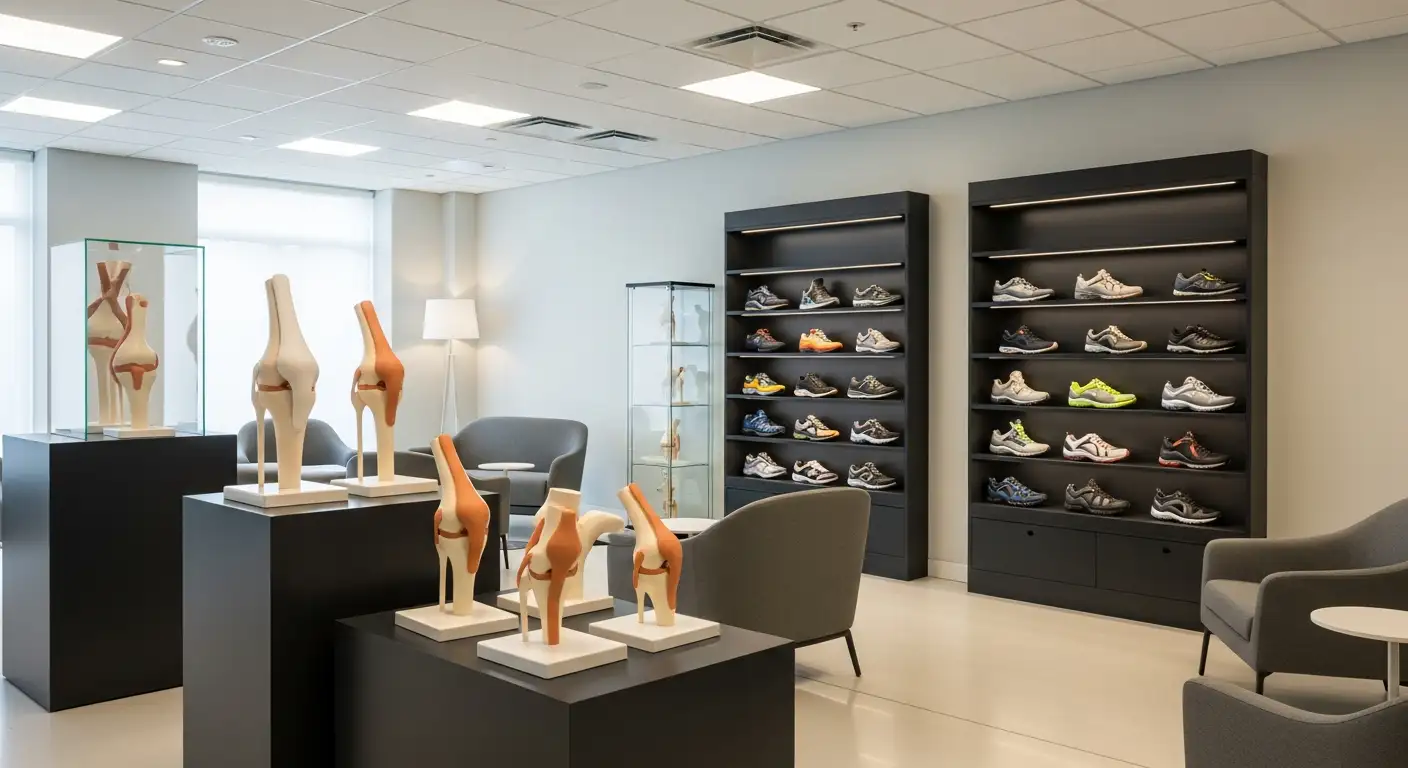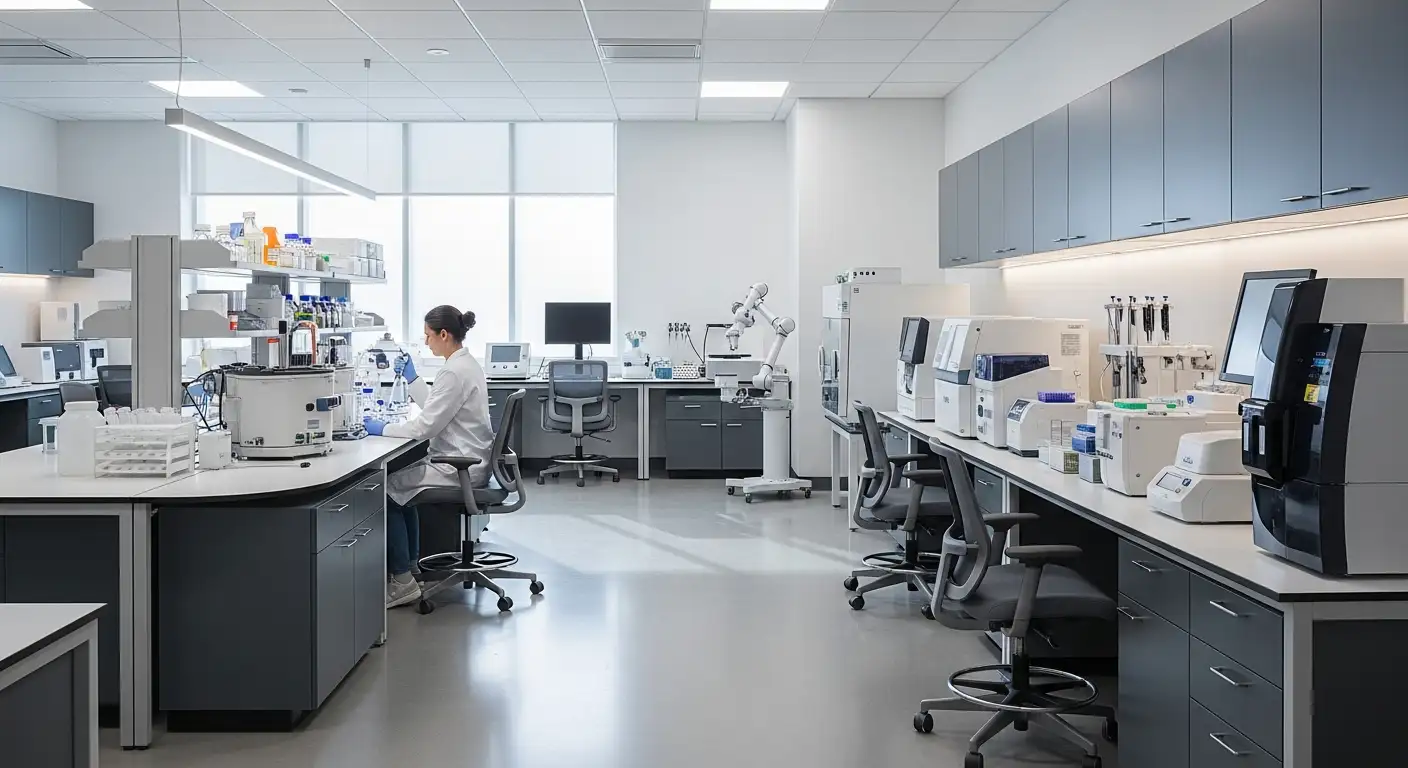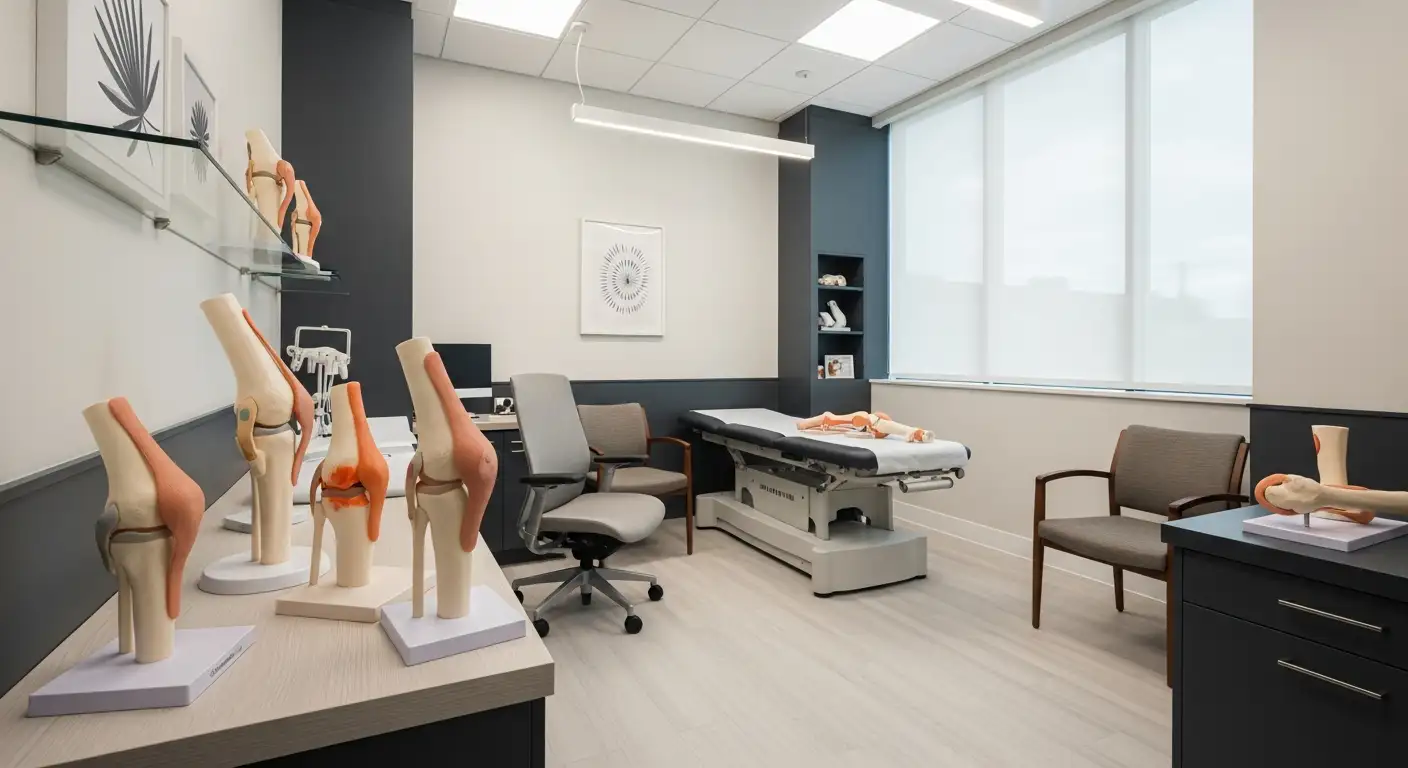Introduction: Commonality of Knee Pain in Athletes
Knee pain is a prevalent concern for athletes across various sports due to the demanding nature of physical activities that often target the knee joint. Whether through direct impact injuries or overuse, the knees are vulnerable to strains, tears, and other forms of wear and tear. This article explores the causes, prevention strategies, and treatment options for knee pain in athletes, aiming to provide valuable insights to help maintain optimal knee health and performance.
Causes and Types of Knee Injuries

What are common types of athletic knee injuries?
Knee injuries are prevalent among athletes, manifesting in various forms. The most common types include:
- Anterior Cruciate Ligament (ACL) Injuries: These injuries usually involve a popping sound, sudden pain, swelling, and instability in the knee. They often occur during sports that require sudden stops or rapid changes in direction.
- Medial Collateral Ligament (MCL) Injuries: Resulting from direct blows to the outer knee, MCL injuries lead to pain and swelling on the inner side of the knee.
- Meniscus Tears: Twisting or sudden movements can damage the knee's cartilage, causing pain, swelling, and limited motion.
- Patellofemoral Pain Syndrome (PFPS): This syndrome is marked by aching pain around the kneecap, usually stemming from overuse, especially in activities like running and jumping.
- Iliotibial Band (ITB) Syndrome: Common among runners and cyclists, this condition arises from friction on the outer knee, presenting sharp or burning sensations.
Causes of knee pain from overuse and impact
Knee pain often results from two primary causes: overuse and impact injuries. Overuse occurs through repetitive stress and insufficient recovery, leading to inflammation. Athletic activities that involve running, jumping, or sudden direction changes can exacerbate knee pain due to muscle fatigue and poor biomechanics, particularly in high-impact sports.
Types of knee injuries like ACL and MCL tears, meniscus tears, and PFPS
The array of knee injuries ranges from acute trauma to chronic conditions. ACL and MCL tears are severe injuries often demanding surgery for full recovery, while meniscus tears can vary in severity and may require physical therapy or sometimes surgical intervention. PFPS, on the other hand, is often managed through exercise therapy or lifestyle modifications. Overall, understanding these injuries' causes and types is crucial in implementing effective prevention and treatment strategies.
Prevention Techniques for Athletes

How can athletes prevent knee injuries?
Athletes can significantly reduce their risk of knee injuries by implementing several preventative strategies. A strong focus on maintaining proper technique during sports activities is vital. This includes ensuring soft landings and correct body alignment while cutting or jumping.
Before engaging in any athletic activity, a comprehensive warm-up routine that includes dynamic stretching and light cardio is crucial. This helps in preparing the muscles and joints for the demands of the sport. Additionally, targeted strengthening exercises for the quadriceps, hamstrings, core, and hip muscles contribute to improved knee stability.
Flexibility exercises are equally important as they maintain joint health and allow for better movement. Keeping an eye on training loads is essential; this means being mindful not to overwork the muscles and allowing adequate recovery time.
The choice of proper footwear can also have a significant impact. Shoes designed for specific sports provide the needed support and cushioning, which helps absorb impact and lessens stress on the knees. Furthermore, consulting healthcare professionals for personalized advice can be beneficial, especially if there are anatomical concerns that may increase injury risks.
Lastly, engaging in regular cross-training and maintaining a healthy, balanced diet are effective methods to support overall knee health. This holistic approach helps athletes avoid common knee injuries and enhances their performance.
Managing and Treating Common Knee Conditions

What are the common treatments for runner's knee?
Common treatments for runner's knee, also known as patellofemoral pain syndrome (PFPS), are multifaceted and focus on both alleviating immediate pain and addressing the underlying causes.
- Rest and Ice: Initially resting the knee and applying ice can help reduce inflammation and pain.
- Strengthening Exercises: Strengthening exercises specifically targeting the quadriceps, hamstrings, and hip muscles are crucial. Exercises like squats and lunges can be very effective.
- Stretching: Flexibility training helps improve muscle alignment and reduces strain—hamstring and calf stretches are particularly beneficial.
- Use of Cold Packs: Cold therapy can alleviate swelling and pain, especially after activity, integrating well with other treatment modalities.
- Compression and Elevation: Using compression knee wraps followed by elevating the leg can further help in managing pain and swelling.
- Medications: Over-the-counter pain relievers such as ibuprofen are often recommended to reduce inflammation.
- Orthotics: In some cases, using shoe inserts can improve foot support, which helps enhance alignment during running.
Additional emphasis on proper warm-ups, gradual increases in activity levels, and ensuring appropriate footwear can assist in preventing a recurrence of symptoms. These methods pave the way for better knee health and performance in athletes.
Innovative Treatment Solutions for Knee Pain

What do professional athletes use for knee pain relief?
Professional athletes often turn to a variety of innovative treatment options to address knee pain effectively. Among these, therapeutic injections play a pivotal role. Commonly used injections include:
- Cortisone Injections: These provide rapid relief from inflammation, making them suitable for conditions like meniscus tears or osteoarthritis.
- Hyaluronic Acid Injections: Designed to lubricate the knee joint, this is particularly advantageous for athletes suffering from knee osteoarthritis, enhancing mobility and reducing discomfort.
- Platelet-Rich Plasma (PRP) Injections: Derived from the athlete’s own blood, PRP injections help in repairing damaged tissues by harnessing the body’s natural healing properties.
- Prolotherapy: This technique stimulates natural tissue repair through controlled temporary inflammation, encouraging healing at the injury site.
- Stem Cell Injections: These are increasingly used to replace damaged tissues, potentially lessening knee pain by promoting regeneration.
Benefits of PRP, prolotherapy, and stem cell treatments
In addition to prompt pain relief, these treatment methods can offer athletes a variety of benefits:
- PRP Therapy: Helps speed up the recovery process and can improve overall joint function. Research suggests PRP treatments can enhance healing outcomes in specific injuries.
- Prolotherapy: Aside from addressing pain, it may also strengthen ligaments and joint stability, reducing the likelihood of re-injury.
- Stem Cell Treatments: They not only provide relief but are also aimed at regenerating healthy tissue, which can result in long-term improvements in knee function.
These innovative approaches are critical for athletes looking to minimize downtime while effectively managing knee pain, empowering them to return swiftly to their sport with improved performance.
Stretches and Exercises to Alleviate Knee Pain

What stretches can relieve knee pain for athletes?
To relieve knee pain for athletes, several effective stretches can be incorporated into their routine:
- Lunging Hip Flexor Stretch: This stretch enhances hip flexibility, thereby reducing pressure on the knees.
- Figure Four Stretch: Targeting tight glutes, this stretch helps alleviate strain on both the quadriceps and knees.
- Standing Calf Stretch: Addressing tight calves is crucial, as calf tightness can significantly contribute to knee issues.
- Side Lunge Stretch: This stretch focuses on loosening the inner thigh muscles, which helps minimize knee strain.
- Supine Hamstring Stretch: This stretch alleviates discomfort from tight hamstrings, as they directly impact knee health.
Integrating these stretches into a regular training routine can greatly support knee rehabilitation and injury prevention.
Importance of flexibility and muscle balance
Flexibility and muscle balance are essential components in preventing knee pain for athletes. The muscles surrounding the knee, including the quadriceps, hamstrings, calves, and hip muscles, need to function in harmony to maintain proper alignment and movement. Regular stretching improves flexibility, which allows for better joint mobility and can significantly reduce the risk of injuries.
Moreover, strength training focusing on these muscle groups enhances stability around the knee joint, helping to distribute forces more evenly during physical activity. Ultimately, balancing flexibility and strength training in an athlete's regimen is crucial for enhanced performance and long-term knee health.
Conclusion: A Path to Stronger Knees
By understanding the causes of knee pain and adopting comprehensive prevention and treatment strategies, athletes can significantly reduce the risk of knee injuries and enhance their performance. Emphasizing proper technique, strengthening exercises, and treatment options ensures knee health, paving the way for a sustainable and injury-free athletic journey.
References
- Managing Knee Pain in Athletes: Tips and Strategies for Injury ...
- Knee Pain in Athletes: Prevention, Treatment, and Return to Play
- Your Guide to Knee Injury Prevention in Sports
- Evidence based treatment options for common knee injuries in runners
- Knee Pain in Athletes: Prevention, Treatment, and Recovery
- Take control of your knee pain - Harvard Health
- Top 5 Common Knee Injuries in Sports: Prevention and ...
- Dynamic knee control and movement strategies in athletes and non ...
- Conquer the Game, Not Knee Pain: A Guide to Prevention for Athletes
- Knee Injuries in Athletes: Prevention and Treatment Strategies





